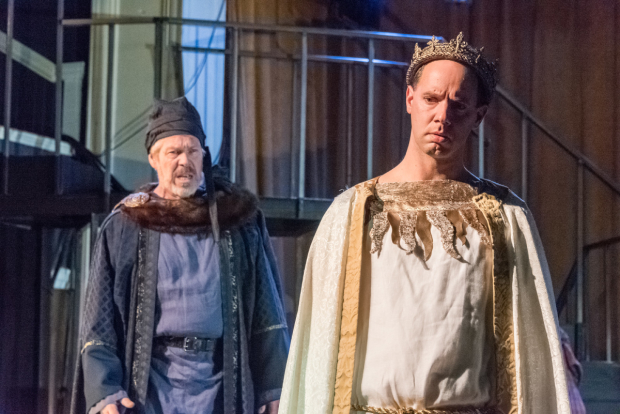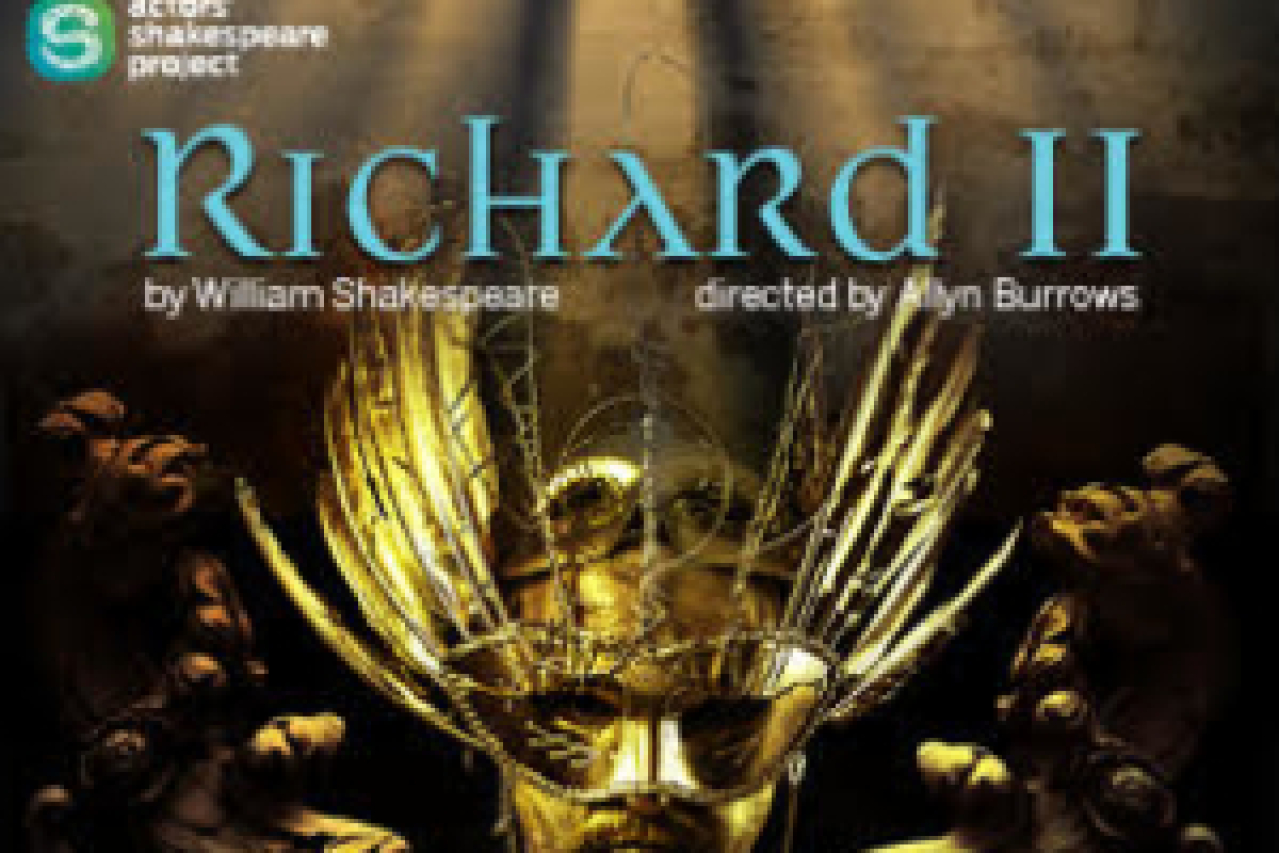Richard II

(© Stratton McCrady)
Although Richard II ruled England with pomp and ceremony, Shakespeare's play about the end of his reign offers one simple theme: In setting a moral lesson for monarchy, Shakespeare warned that a ruler who places his own needs above the welfare of his people does so at his peril. A profligate spender who imposed unfair taxes, and a believer in his divine right to be king, Richard II was deposed by his cousin, Bolingbroke, who ascended the throne as Henry IV.
Shakespeare set Richard II, now playing at the Cambridge YMCA Theatre, within a limited tranche of time — when the king banishes Bolingbroke and the man he accuses of treachery, Thomas Mowbray (after refusing to allow them to resolve their conflict in a duel). After Bolingbroke's father and Richard's uncle, John of Gaunt, dies, the king seizes his wealth and lands for the royal treasury. Bolingbroke returns to England with an army of men to reclaim his inheritance, but takes the throne for himself. Under the name of Henry IV, he arrests Richard, now forced to abdicate. However, after the deposed king is murdered in prison, Henry IV lives with a guilty conscience for wishing aloud to be rid of him.
Director Allyn Burrows, artistic director of Actors' Shakespeare Project and former member of Shakespeare & Company, is known for his deep reading of the Bard. Four actors of long experience double and triple in Richard II's many roles, along with three other accomplished actors in single roles: Doug Lockwood who strides the stage as the title character, Robert Walsh as the interim ruler, the Duke of York, and Michael Forden Walker as a resolute Bolingbrooke.
At first, Lockwood's Richard seems to float above the others, but he comes to vibrant life when he is crushed on the wheel of circumstance. He speaks Shakespeare's poetry of introspection and regrets slowly as if he must examine every word to comprehend that he has lost everything but the grave. Alone onstage, his body crumpled on the stairs closest to the audience, he examines with disbelief his condition.
Walsh portrays the Duke of York as a man tortured by indecision from his divided loyalties. Malcolm Ingram as the elderly John of Gaunt, the Bishop of Carlisle, and the Queen's gardener, brings wisdom and anger to his first roles and a welcome humor as the common laborer. Lewis D. Wheeler is the indispensable man, cast in four different roles, starting with Mowbray, that he enhances with differing accents and shifts in body postures. Marya Lowry and Paula Plum transform from royal consorts to soldiers-in-arms.
To show how the the reigns of British rulers are bookended by assassinations, Burrows stages the murder of the Duke of Gloucester as a preamble to Act 1, presumably ordered by Richard. The opening scene of Shakespeare's play is set in Richard's private quarters where the king steps into a bathtub to be washed by a servant. Richard is dressed in filmy white, later adding a white cloak trimmed in gold, with a "hollow crown" on his head, while the others wear either elaborate long robes of richly colored brocade, or rough-hewn brown sacking, depending on their station. The costumes are designed with impressive historical accuracy and appropriate pageantry by Tyler Kinney. The stage is rounded out by designer Janie E. Howland's monumental, skeleton-like, two-story set, backed by curtains that part for entrances and revelations.
In the end, the play also stands as a paean to England, "This earth of majesty…this dear, dear land," says John of Gaunt. No doubt Shakespeare understood he was blessed to live peacefully in Elizabeth's time, but he was also flattering his Queen and hoped-for patron.











